Designing a professional logo is an essential component of any business. A well-designed logo can help you attract customers and differentiate your brand from the competition. But what exactly defines a professional logo? A logo must be simple to read and comprehend. It should reflect the personality and values of the brand, as well as the target audience.
A good logo is simple and memorable, but it does not have to be dull. It should also be adaptable enough to work in a variety of mediums and formats without losing its impact.
We will walk you through the process of creating a professional logo step by step in this article. We’ll also go over how to avoid common design blunders that can make your logo appear amateurish and unprofessional.
How to Design a Logo to Make it Stand Out
- Define Your Brand Values
- Understand Your Audience
- Research Some Logo Designs
- Brainstorm and Sketch
- Choose your Logo Colors
- Create Your First Draft
- Experiment with Your Logo
- Incorporate a Hidden Message Within Your Logo
- Seek Feedback on Your Design
1. Define Your Brand Values
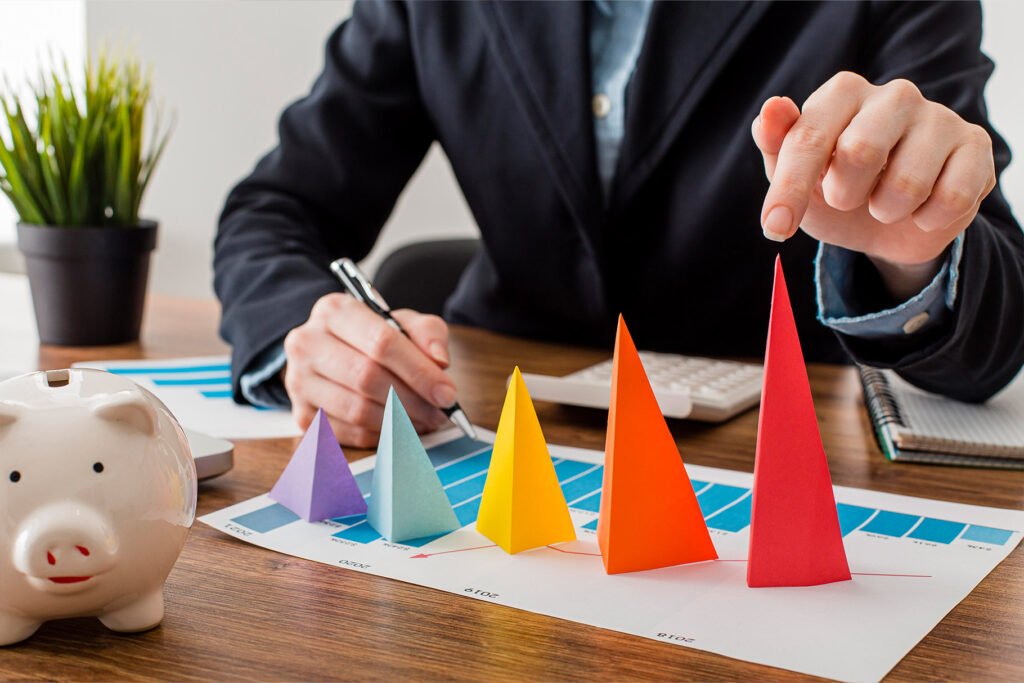
Think about your business goals. What do you hope to achieve with your company? What kind of culture do you want it to have? How will people perceive it? These are the questions you should be asking yourself when designing your logo. You want it to reflect the values of your brand, so make sure you know what those are before you start drawing anything.
If you’re not sure what your company stands for, try looking at other companies in your industry and see how they present themselves visually. This can give you an idea of what works and what doesn’t.
You might also want to consider doing some market research on your target audience. Ask them what they expect from a company like yours, and see how that compares with what you want for your brand. If there are any discrepancies, try to bridge the gap by incorporating both sets of values into your logo.
2. Understand Your Audience
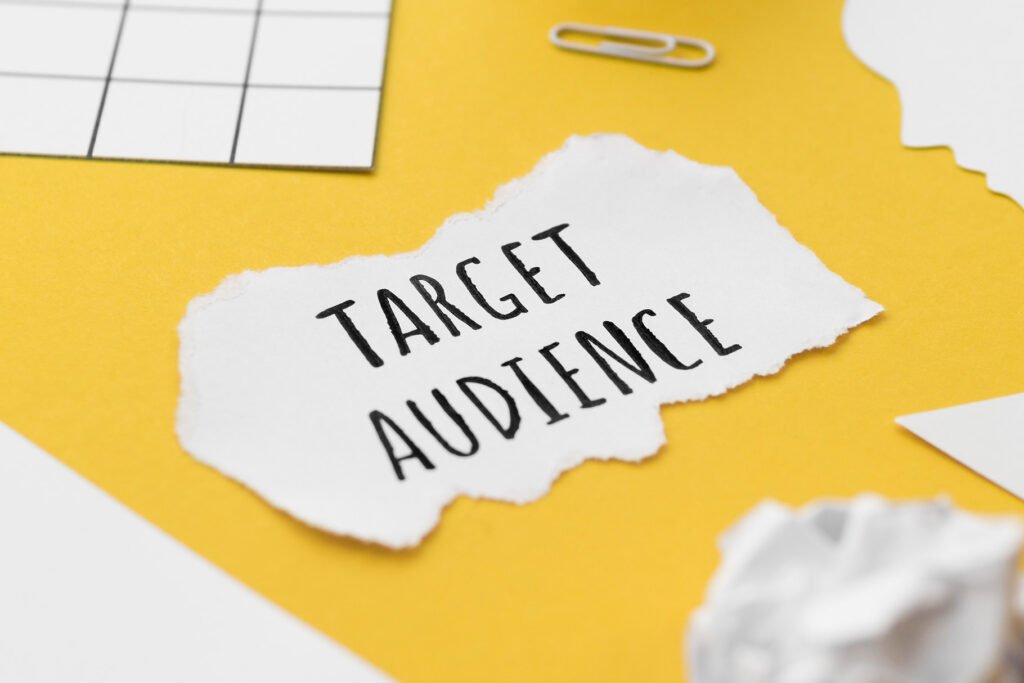
The first step in designing a logo is to get to know your audience. If you don’t have an idea of who you’re designing for, it’s going to be difficult (if not impossible) to create something that resonates with them as well as it could if you did know them.
So what do we mean by knowing your audience? Well, here are a few important points that might help:
- Ask yourself: What do they want from your company?
- What do they like about your industry/product/service?
- Who are the competitors of yours, and how do their logos compare with yours?
3. Research Some Logo Designs

Researching is a crucial part of the design process, but it can be difficult to know where to start. The internet is full of inspiration, so it’s best to start by looking at logos that are similar in style and tone to yours.
For example, if you’re designing a business logo for an insurance company, then research logos from other insurance companies. You should avoid being influenced by trends and instead focus on what works for your brand.
4. Brainstorm and Sketch
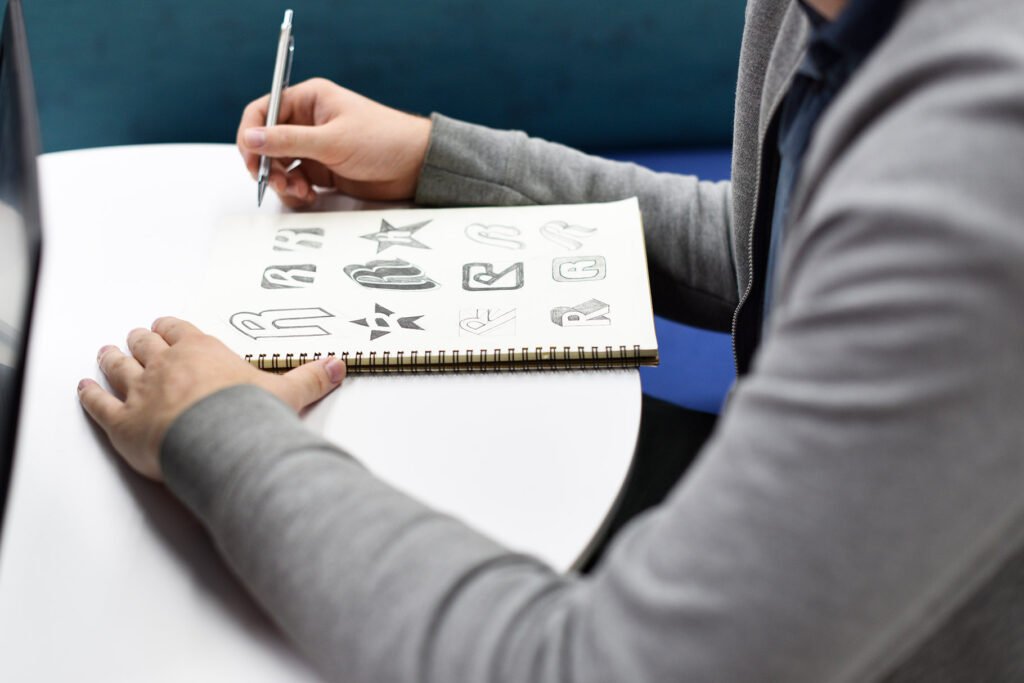
Before you begin, it’s important to define the problem that you’re trying to solve.
For instance, let’s say that you want to design a logo for your fitness business. This is a clear problem statement because it gives us all of the information needed to start tackling this task: what kind of logo should we be making? What kind of company are we designing for? Who is our target audience? And so on.
Now that we’ve identified our goals and defined our problem statement, let’s jump into the actual design process!
5. Choose your Logo Colors
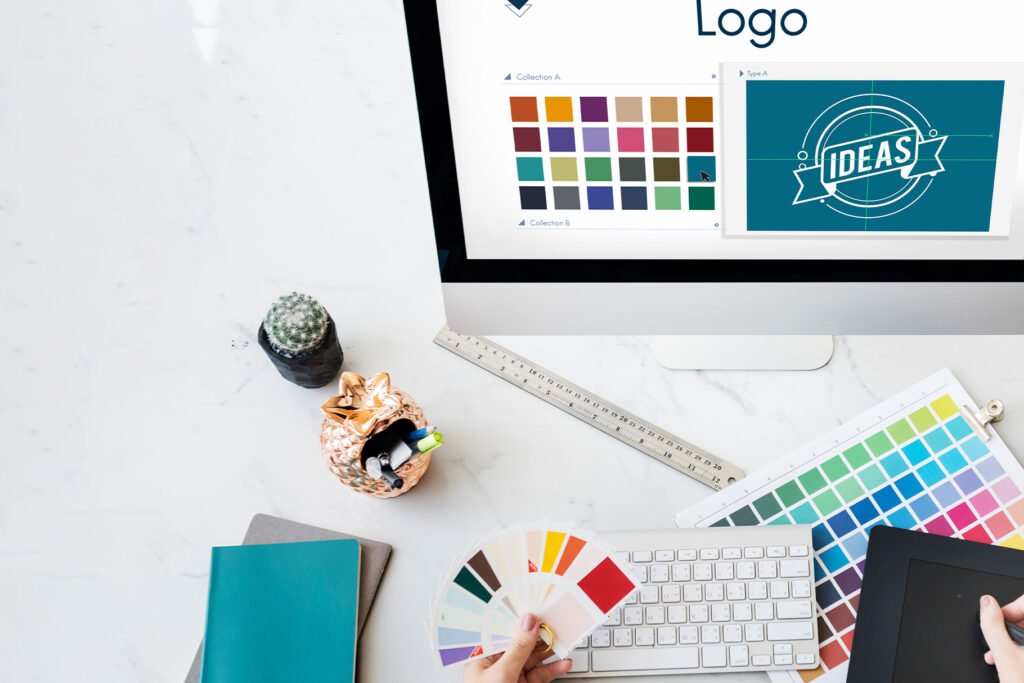
You have to select the right colors for your logo. This is one of the most important parts of designing a logo as it determines how people will perceive and remember your company. Colors can also affect how others perceive you, so choosing the right ones is very important in building a positive brand image.
When choosing color combinations for your logo design, it’s important to know that each color has a meaning or psychological impact on people. These effects vary depending on culture, although some are universal and will work universally no matter where you go! Let’s take a look at some of these definitions.:
- Yellow is the color of intellect and optimism. It is also associated with sunshine, happiness, and cheerfulness.
- Red is the color of passion and excitement. It’s also associated with blood, which has powerful connotations in terms of life and death. Red can therefore be used to convey danger or warning as well as excitement.
6. Create Your First Draft
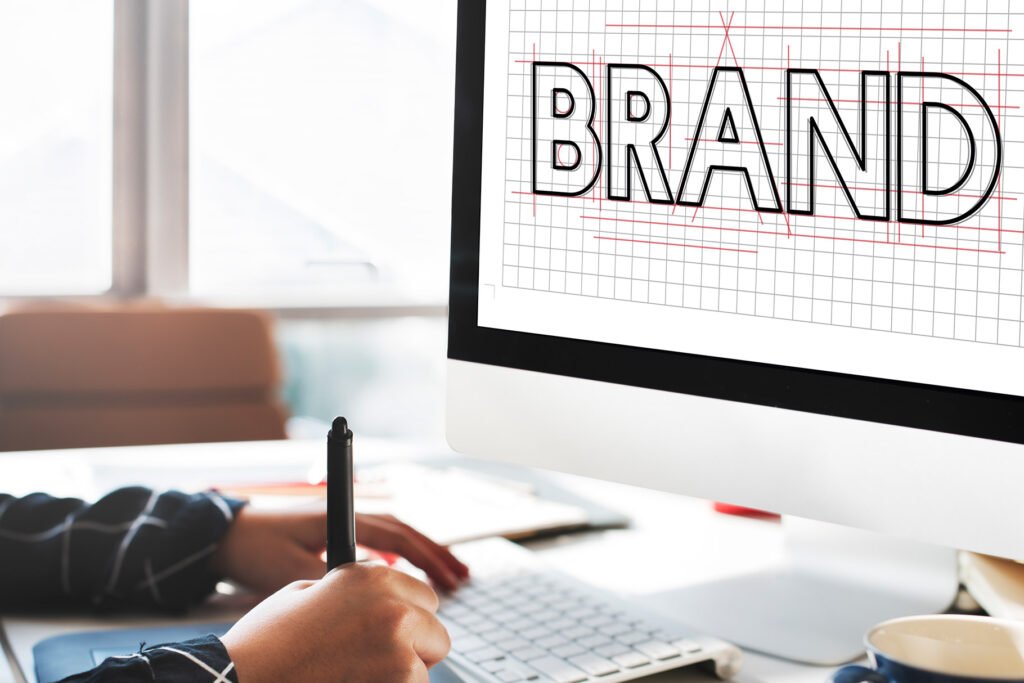
Now that you have chosen your logo design theme and you know the basics, it’s time to make a draft.
Create Your First Draft.
A professional logo is not just an image but a combination of text and imagery. Designers use various methods such as vector art and photo manipulation to create logos that look unique, clean, and professional.
There are many ways to create an effective logo: You can use online tools or hire a professional designer but if you want something simple then keep reading this article until the end!
7. Experiment with Your Logo

When you finished your logo, try to experiment with it. Change the colors, and add gradients and shadows. Make sure that it looks good in different colors and on different backgrounds. Also, make sure that it’s legible both in black and white so that it can be used on business cards or even on website backgrounds.
You want your logo to stand out from the rest of the crowd but don’t forget about scalability: if you’re going for an SVG (scalable vector graphic) file format then make sure that the image doesn’t lose any quality when resized or printed out at smaller sizes than what was originally intended for use on a website or marketing materials such as business cards or posters.
Finally, remember that logos are designed for branding purposes; this means they should reflect everything about your company – from its personality traits down to where its located geographically!
8. Incorporate a Hidden Message Within Your Logo

A hidden message is a subtle message that you want to convey to your audience. It can be an element of your logo, or it can be something else that is related to your logo.
For example, if you’re designing a logo for an accounting firm, maybe the hidden message is something like “We’re here for you.” Or maybe it’s something more abstract like “We’ll help you.” The point is that the hidden message needs to represent what the brand values are in some way and should be clearly conveyed with every single piece of communication (including print material such as business cards).
9. Seek Feedback on Your Design
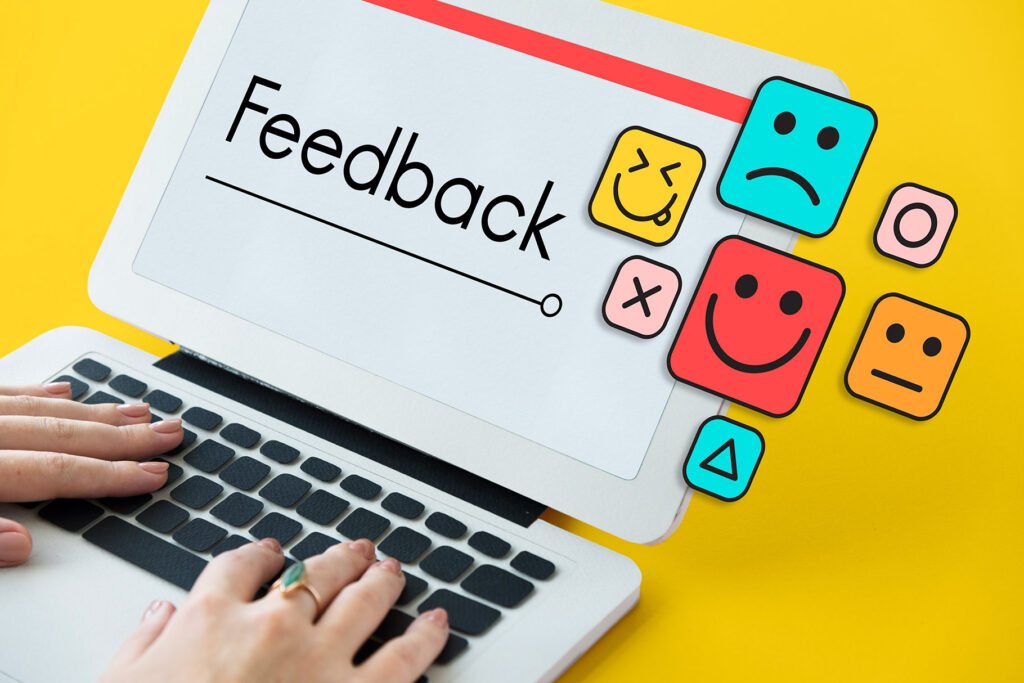
Seek feedback from your family, friends, and colleagues to see what they think of the design. The more people you get to look at it, the better. It also helps to keep a list of these people so that you can ask them for their opinion again at a later stage in case there are any changes made to the final logo design.
If you don’t have anyone who is willing to give you feedback on your logo design, then there are other ways of getting it done. You could use one of many online tools such as 99designs where designers will submit different designs for free in order for you to pick one that best fits what it is that you’re looking for in a professional logo design project.
Once you’ve gotten some feedback from family members or friends about how well-liked certain parts of your new logo might be (or not), then pay attention carefully while using these sorts of services because they can help point out areas where improvements need to be made before anything else goes into creating an awesome finished product!
Designing a logo is not easy
Designing a logo is not easy and it takes time, but you can develop your own skills in this area. Don’t be afraid to ask for help or experiment with different designs. Asking for feedback is also important so that you know if the logo will work for your company.
Conclusion
The process of designing a logo can be challenging, but it is definitely worth the effort. If you follow this guide closely and apply these tips to your brand, you will be able to create an eye-catching and memorable logo that will help your business stand out from others.
Recommended Reading: 10 Logo Color Combinations to Make your Design Stand Out
Frequently Asked Questions
How do you create a logo?
The process of creating a logo involves identifying the needs of your business, deciding on your brand strategy, choosing a design style and color scheme, and then using that to create a symbol that represents your company.
How long does the logo design process usually take?
The length of the logo design process depends on the needs of your business and how much time you have to dedicate to it. It can take anywhere from a few hours to several weeks.
What makes a great logo design?
A great logo design is one that represents your brand in a way that makes it memorable, recognizable, and easy to understand.
How are great logos designed?
Great logos are designed with a keen understanding of the brand they’re representing, as well as the purpose of the logo.
For my thesis, I consulted a lot of information, read your article made me feel a lot, benefited me a lot from it, thank you for your help. Thanks!
Reading your article helped me a lot and I agree with you. But I still have some doubts, can you clarify for me? I’ll keep an eye out for your answers.